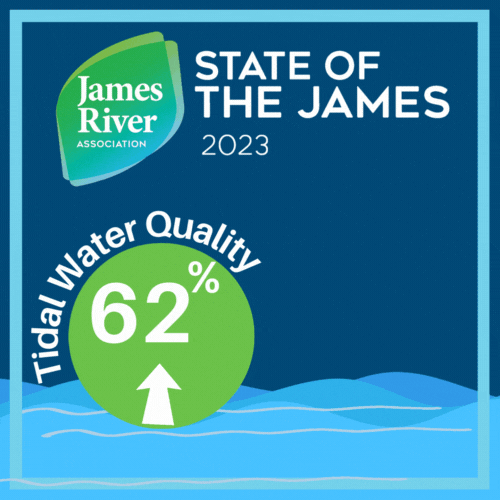Shoreline Restoration
What is shoreline restoration and why is it important?
The James River Association is committed to restoring the shorelines within the tidal Lower James and its many tributaries. This is a dynamic area; storms, wind and tide have long affected the shape of the shoreline and the surrounding habitat.
What are we doing?
To protect vulnerable areas, the James River Association is employing nature-based “living shorelines” as a method to slow erosion. Using a combination of native grasses, bio-degradable coir logs, and occasionally oyster castles, a stable tidal marsh may be created. This marsh can attenuate wave energy, absorb flood waters, absorb pollutants, and act as a habitat for native animals.
What can you do?
- Do you have waterfront property and are concerned about erosion and interested in having your own living shoreline? The Department of Cultural Resources Shoreline Erosion Advisory Service (SEAS) offers free site visits and technical advice.
- The Virginia Conservation Assistance Program and the Elizabeth River Project (Norfolk, Chesapeake, and Portsmouth residents only) offer financial assistance.
- Want to learn more about living shorelines and marshes in general? The Virginia Institute of Marine Science has educational resources located here.


